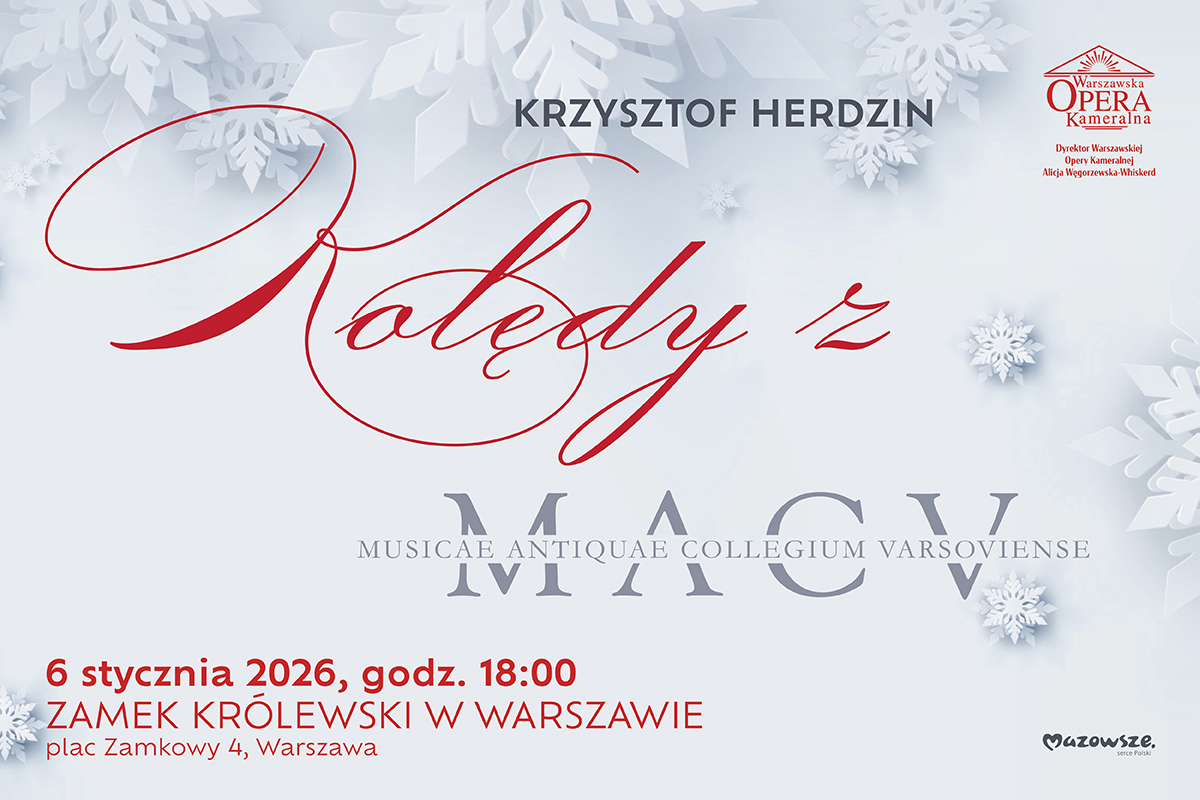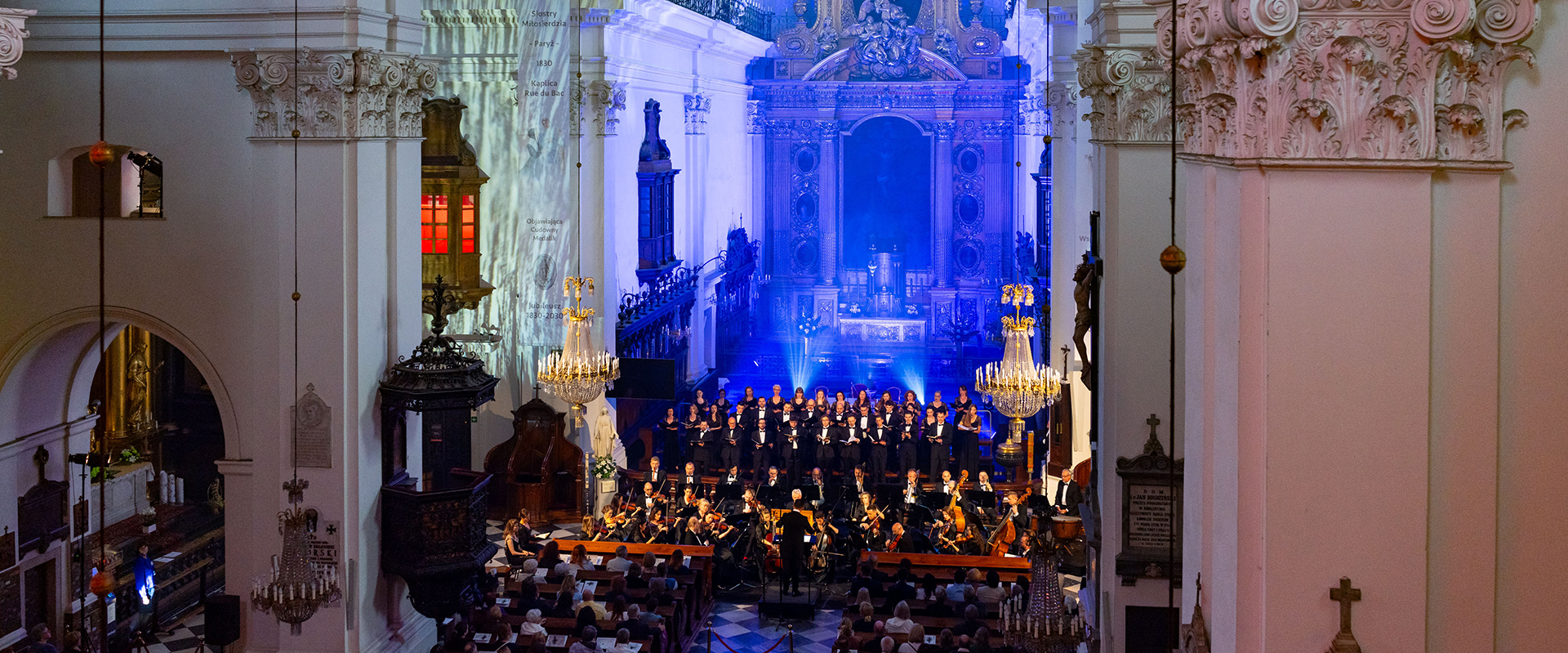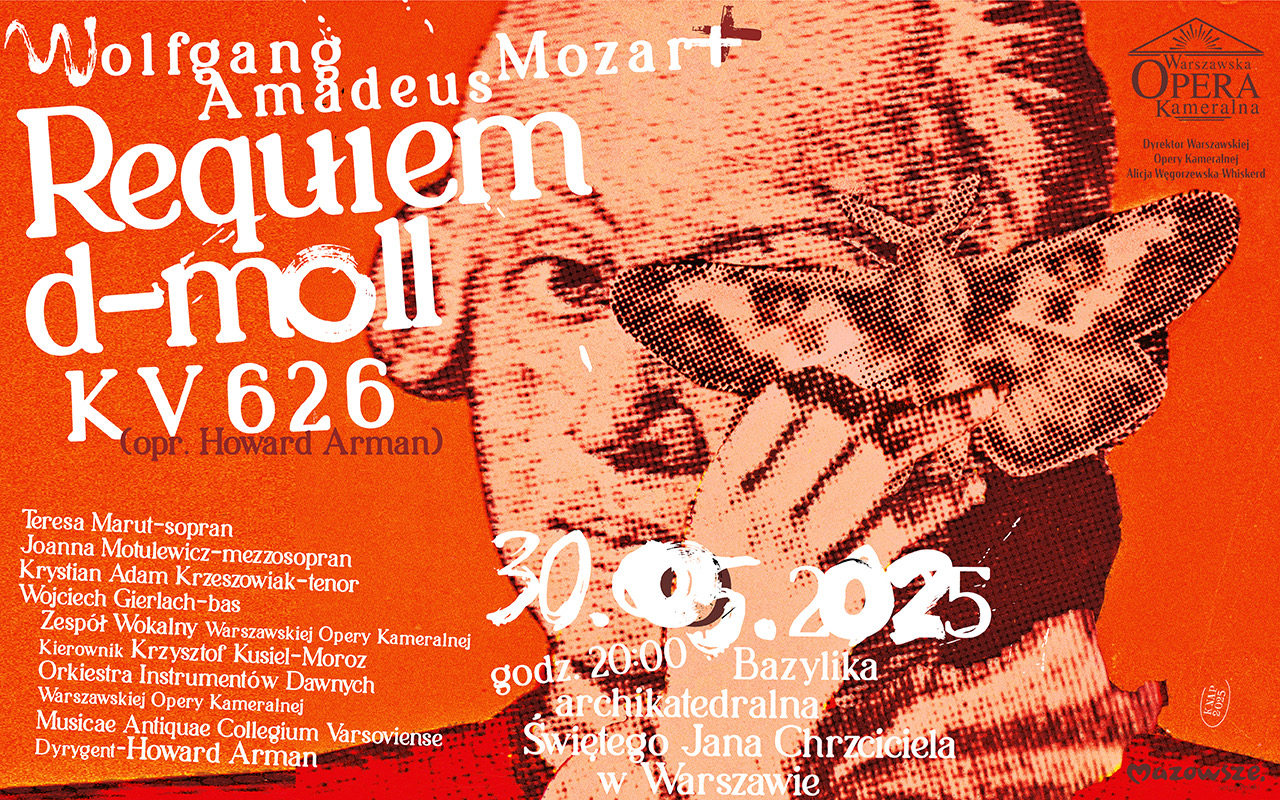 Warsaw Chamber Opera unveils Howard Arman’s new interpretation of Mozart’s “Requiem”
Warsaw Chamber Opera unveils Howard Arman’s new interpretation of Mozart’s “Requiem”
On May 30, 2025, Mozart’s “Requiem in D minor” will resonate through the Archcathedral Basilica of St. John the Baptist in Warsaw, as part of the 34th Mozart Festival. This performance, presented by the Warsaw Chamber Opera, features not the widely known completion by Franz Xaver Süssmayr, but a bold new version by British conductor and musicologist Howard Arman.
Mozart’s work on the “Requiem” was interrupted by his untimely death. The secrets of this masterpiece are preserved in a manuscript held since 1838 in the Austrian National Library in Vienna. There exist two manuscripts — one by Mozart and one by Süssmayr. Initially, the composer’s widow commissioned the completion of the score to a friend of Mozart, 26-year-old Joseph Eybler. However, he abandoned the task, and it was passed on to Franz Xaver Süssmayr. There were two main challenges: orchestrating the fragments Mozart had already started and composing entirely new music for the missing parts of the liturgical text. The score of the “Requiem,” sanctified by countless performances and deeply ingrained in the ears of listeners and musicians alike, is therefore a blend of contributions from Mozart, Eybler, and Süssmayr. But is it the final word? Certainly not. Throughout the years, numerous alternative completions have been created, especially during the 20th century.
Who is Howard Arman, the creator of the new version of Mozart’s masterpiece? He is a prominent figure in the world of classical music, long associated with the Bavarian Radio Choir and renowned for his work with leading historical performance ensembles. His achievements include numerous baroque recordings and reconstructions of classical works. In 2024, he published his own version of Mozart’s “Requiem” through the German publisher Carus-Verlag, which drew significant attention from the music community.
As Howard Arman himself notes, his aim was not to replace Süssmayr’s version but to offer an alternative interpretation that, based on Mozart’s original sketches, brings out their emotional and dramatic depth. He does not reconstruct the missing sections “in Mozart’s style,” but rather consciously creates a modern interpretation of an unfinished masterpiece. The most notable differences appear in the sequence from “Dies irae” to “Lacrimosa,” where Mozart left only sketches. In “Rex tremendae” and “Recordare,” Arman proposes a lighter, more transparent orchestration, avoiding the density of Süssmayr’s late-Classical textures. His version of “Lacrimosa” is especially striking, ending with a newly composed passage that, in Arman’s words, reflects the silence after Mozart’s death. This leads into the “Amen” fugue — based on a Mozart sketch that Süssmayr omitted — which in Arman’s version serves as a clear conclusion to the dramatic sequence. In the remaining parts — “Sanctus,” “Benedictus,” “Agnus Dei,” and “Lux aeterna” — Arman remains faithful to Süssmayr’s score.
The work will be performed by the Vocal Ensemble of the Warsaw Chamber Opera and the orchestra Musicae Antiquae Collegium Varsoviense, along with outstanding soloists. Vocal parts will be sung by Teresa Marut (soprano), Joanna Motulewicz (mezzo-soprano), Krystian Adam Krzeszowiak (tenor), and Wojciech Gierlach (bass). The concert will be conducted by Howard Arman himself.
Who? What? Where? When?
“Requiem in D minor,” Wolfgang Amadeus Mozart / arranged by Howard Arman
Archcathedral Basilica of St. John the Baptist, Warsaw
May 30, 2025






